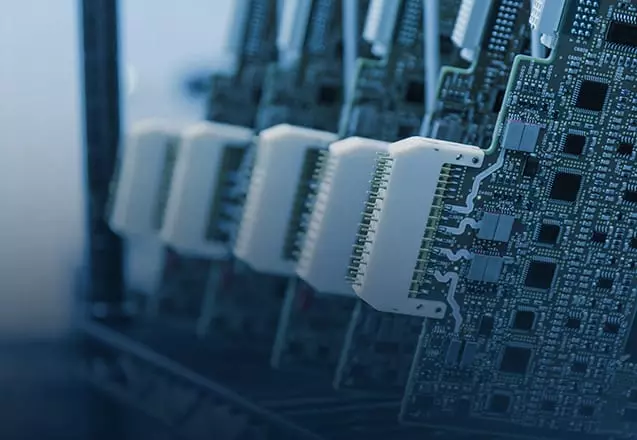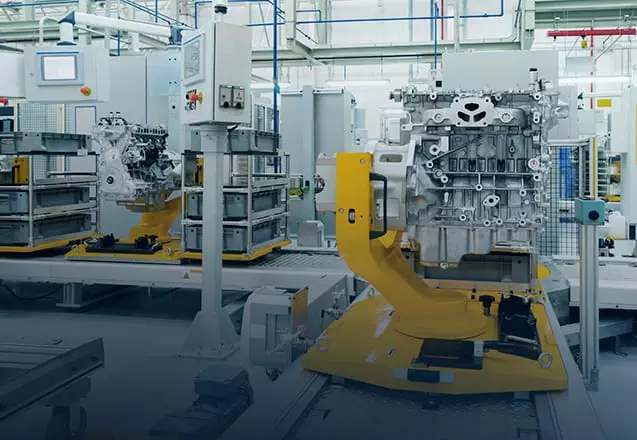Identification of Focal Cortical Dysplasia (FCD) can be difficult due to the subtle MRI changes. Though sequences like FLAIR (fluid attenuated inversion recovery) can detect a large majority of these lesions, there are smaller lesions without signal changes that can easily go unnoticed by the naked eye. The aim of this study is to improve
The complexity of CT image reconstruction requires tens to hundreds of billions of computations per second. Until few years ago, special purpose processors designed especially for such applications were used. Such processors require significant design effort and are thus difficult to change as media-processing applications and algorithms evolve and have limited parallelism. The demand for
As data processing requirements increased with new applications, new processing technologies like Stream computing and parallel execution came into being.This write‐up briefly compares two competing performance architectures for data parallelism – Cell Broadband Engine (Cell BE™ in short) and the GPU (Graphics Processing Unit).
In this paper we present a recently developed tool named BrainAssist, which can be used for the study and analysis of brain abnormalities like Focal Cortical Dysplasia (FCD), Heterotopia and Multiple Sclerosis (MS). For the analysis of FCD and Heterotopia we used T1 weighted MR images and for the analysis of Multiple Sclerosis we used
Fast and robust tracking of multiple faces is receiving increased attention from computer vision researchers as it finds potential applications in many fields like video surveillance and computer mediated video conferencing. Real-time tracking of multiple faces in high resolution videos involve three basic tasks namely initialization, tracking and display. Among these, tracking is quite compute
This paper details the specifications, architecture and performance of Video Scaler, Sharpness Enhancer and Picture Quality Enhancer IP cores thus developed. These models were developed as reusable IP cores, supported by Product Briefs, Datasheets and User Manuals, thereby forming a saleable Video Processing Suite.
In this paper, we discuss the speckle reduction in images with the recently proposed Wavelet Embedded Anisotropic Diffusion (WEAD) and Wavelet Embedded Complex Diffusion (WECD). Both these methods are improvements over anisotropic and complex diffusion by adding wavelet based bayes shrink in its second stage. Both WEAD and WECD produces excellent results when compared with
SOM (Self-Organizing Map) is one of the most popular artificial neural network algorithms in the unsupervised learning category. For the efficient construction of large maps searching the best matching unit is usually the computationally heaviest operation in the SOM. The parallel nature of the algorithm and the huge computations involved makes it a good target
This paper provides an overview of Universal Plug and Play (UPnP) and how it works to build a digital home network. UPnP network technology allows personal computer and consumer electronics devices to advertise and offer their services to network clients. UPnP can be viewed as the technological foundation of the digital home, enabling innovative usage
In the present manufacturing industry, Lead time is a major challenge for most of the OEMs and most of it comes from design to manufacturing of a product. Nevertheless to say, heavy infrastructure investment is also needed based on the product line. The conventional machines are already replaced by CNC machines in many OEMs to







